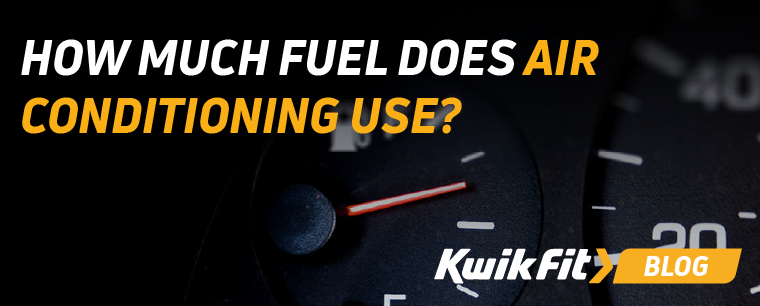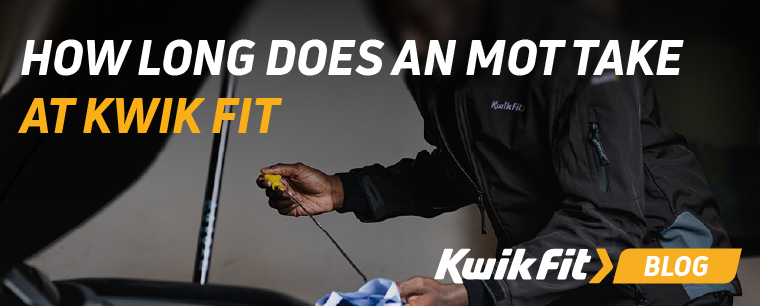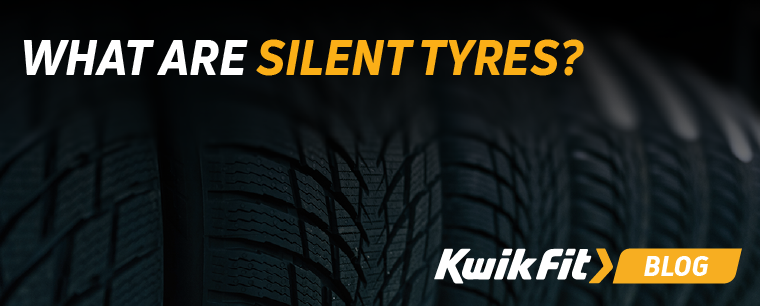Getting to Grips with Stopping Distances in the Wet and Cold Weather
Jack Dreyer | Friday 7th January 2022 4:11pm
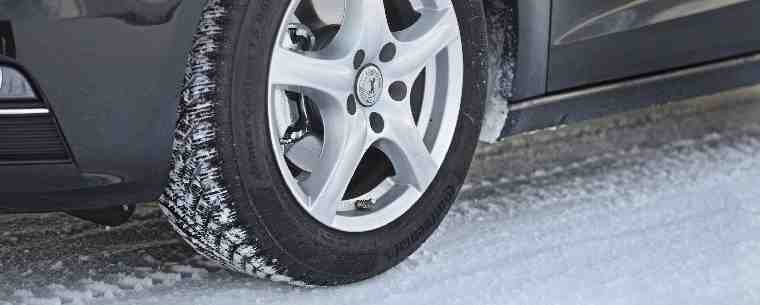
For the last few years, the UK has experienced relatively mild winters, something that has made life easier for motorists up and down the country. However, this won't always be the case and UK drivers will need to prepare for wet and slippery conditions.
In the UK, when it comes to driving, British motorists don’t do winter tyres very well. Typically, most UK drivers don’t know what winter tyres are, let alone why they’re a such a good idea to use in the colder months.
And the few who think they know what winter tyres are for (i.e. “just driving in snow”) are wrong. In fact, winter tyres are for driving in cold weather conditions, not just snowy weather. Of course they’re also much better at handling ice and snow than the standard summer tyres, but that’s not the main reason to use them.
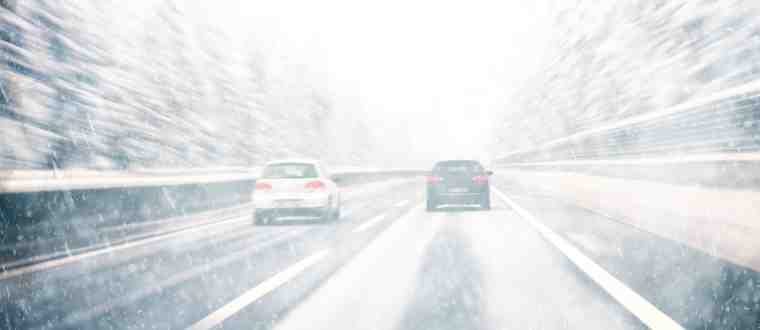
Winter tyres are for cold weather driving, not just for when it snows.
With the help of leading premium tyre manufacturer Continental, we’re determined to try and change UK motorists’ attitudes and help drivers become much more aware of the important role that winter tyres can play in helping to prevent accidents on British roads. At the end of the day, when it comes to the right tyre selection, it’s all about stopping distance.
What is ‘stopping distance’ and why is it so important?
You may have passed your driving test quite a while ago, so if you need a quick refresher, here’s a helpful formula:
Stopping distance = “thinking distance” (your reaction time) + “braking distance” (how far the car travels after the brakes have been applied until it stops).
In the warm, dry months of the year, stopping distance is already an important consideration, but when it comes to wet, cold months it’s even more significant. Did you know that your braking distances can double when driving in wet weather conditions?! In hindsight this may seem pretty obvious, since the road is much harder to grip when it’s covered in water, but what the vast majority of drivers don’t realise is that their braking distances are also affected by prevailing temperature and tyre type.
For a visual demonstration of the difference a winter tyre can make to your vehicle's stopping distance, you can watch this video that Continental and Mercedes-Benz have made together to educate drivers about icy road conditions.
What are winter tyres?
Unsurprisingly, most people think that all tyres look the same. However, on closer inspection it’s clear that there are some visual differences between winter and summer tyres. And, while if you look closely you’ll see that the treads on winter tyres feature a noticeably different pattern which offer more interlocking grip, the real difference in comparison to summer tyres lies in what you can’t see: winter and summer tyres are made from completely different rubber compounds.
How so? Winter tyres are much softer, and as a result this allows them to grip cold roads better than summer tyres. Winter tyres really come into their own when the temperature is around 7°C or lower. At this point their special compound – optimised specifically to perform at their best in cold weather conditions – begins to pull its weight.
Find out about when to replace winter tyres here.
Can't all-season tyres do the job?
Not necessarily. Not every all-season tyre is the same. While they can be useful for city-drivers, cars with low mileage, or in mild winters, these conditions don't fit everyone's day-to-day motoring experience. If this form of driving doesn't fit you, all-season tyres aren't the right choice.
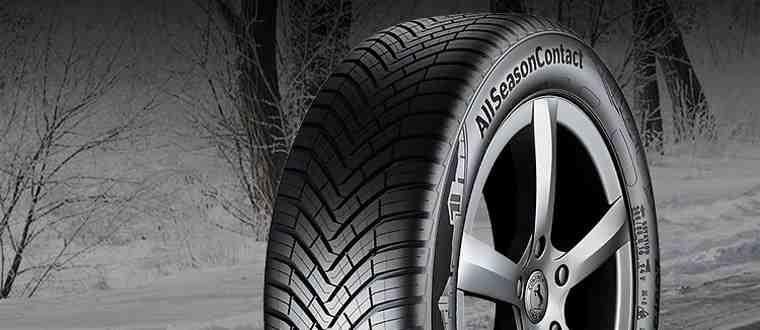
However, if this is your typical experience, an all-season tyre could be the right choice. So which should you go for? All-season tyres are – by definition – a compromise solution between the best qualities of summer (warm weather) and winter (cold weather) tyres. Finding the right balance is a real challenge for the tyre engineers and designers. Put simply, if you choose all-season tyres they need to perform:
- Better in warm weather than winter tyres
- Better in cold weather than summer tyres
- And well on rolling resistance, to help keep fuel bills down.
Ultimately though, when it comes to the best performance and enhanced driver safety in cold and wet weather conditions, winter tyres will always be superior to all-season tyres.
Speak to Kwik Fit about the benefits of winter tyres
If you want to know more about how to improve your stopping distances in cold and wet weather conditions, or about driver and tyre safety in general, speak with your local Kwik Fit tyre experts. They’ll be happy to provide you with experienced advice, including what’s best for your vehicle, as well as professional fitting solutions and more.
Any facts, figures and prices shown in our blog articles are correct at time of publication.
Featured Articles
How Much Fuel Does Air Conditioning Use?
Thursday 29th May 2025
Your car’s air con uses a surprising amount of fuel to keep you cool, especially if it’s low on refrigerant & working overtime. Find out the exact figures here.
How Long Does An MOT Take At Kwik Fit?
Friday 23rd May 2025
The yearly MOT test is dreaded by many drivers, but how long does the actual MOT test take, and what goes into it? Here’s what affects the length of your test.
What Are Silent Tyres?
Saturday 3rd May 2025
Looking for a more luxurious, peaceful drive? Silent tyres could be the answer with their clever technology. Discover how these tyres work in our latest blog.


